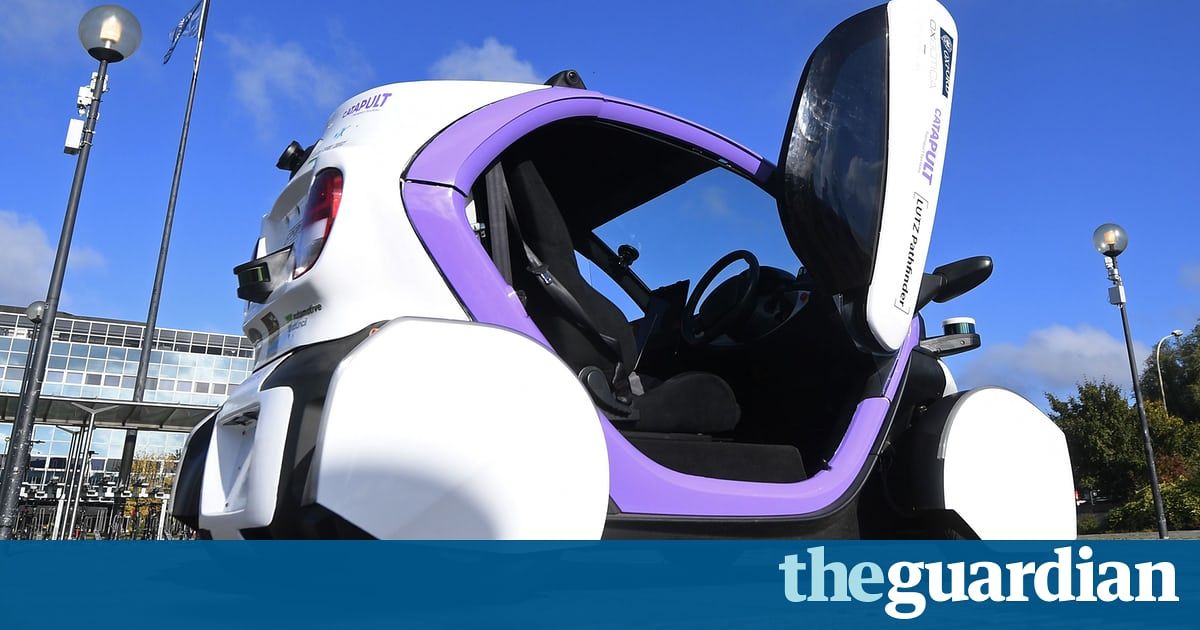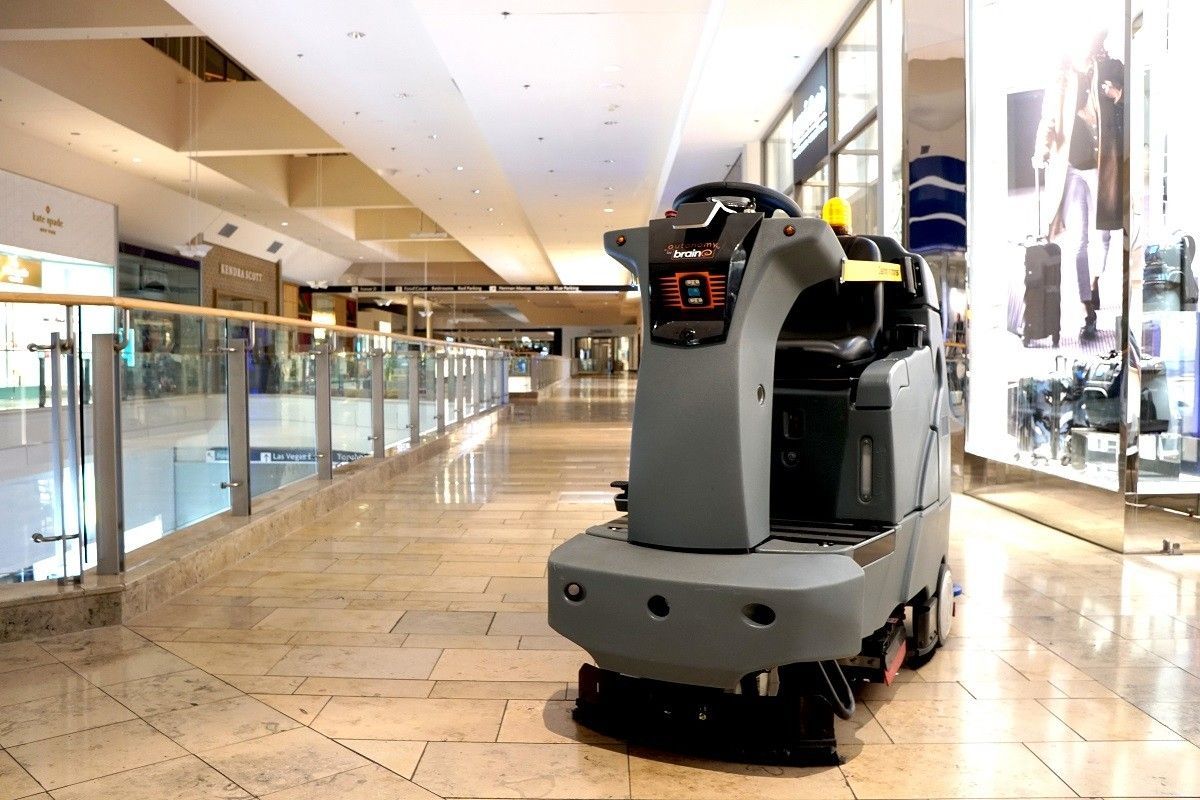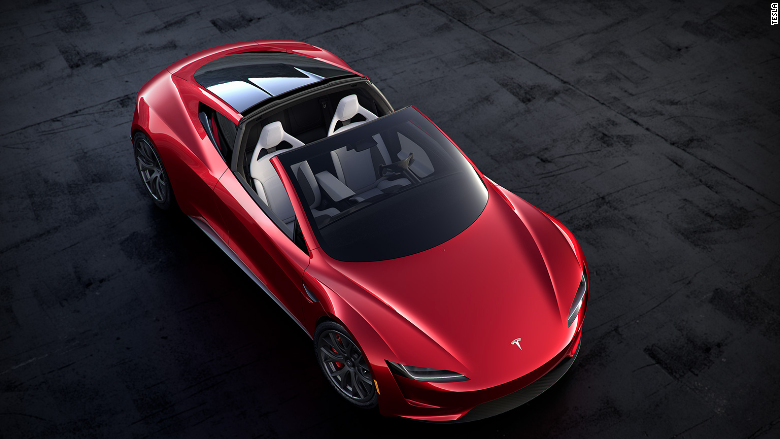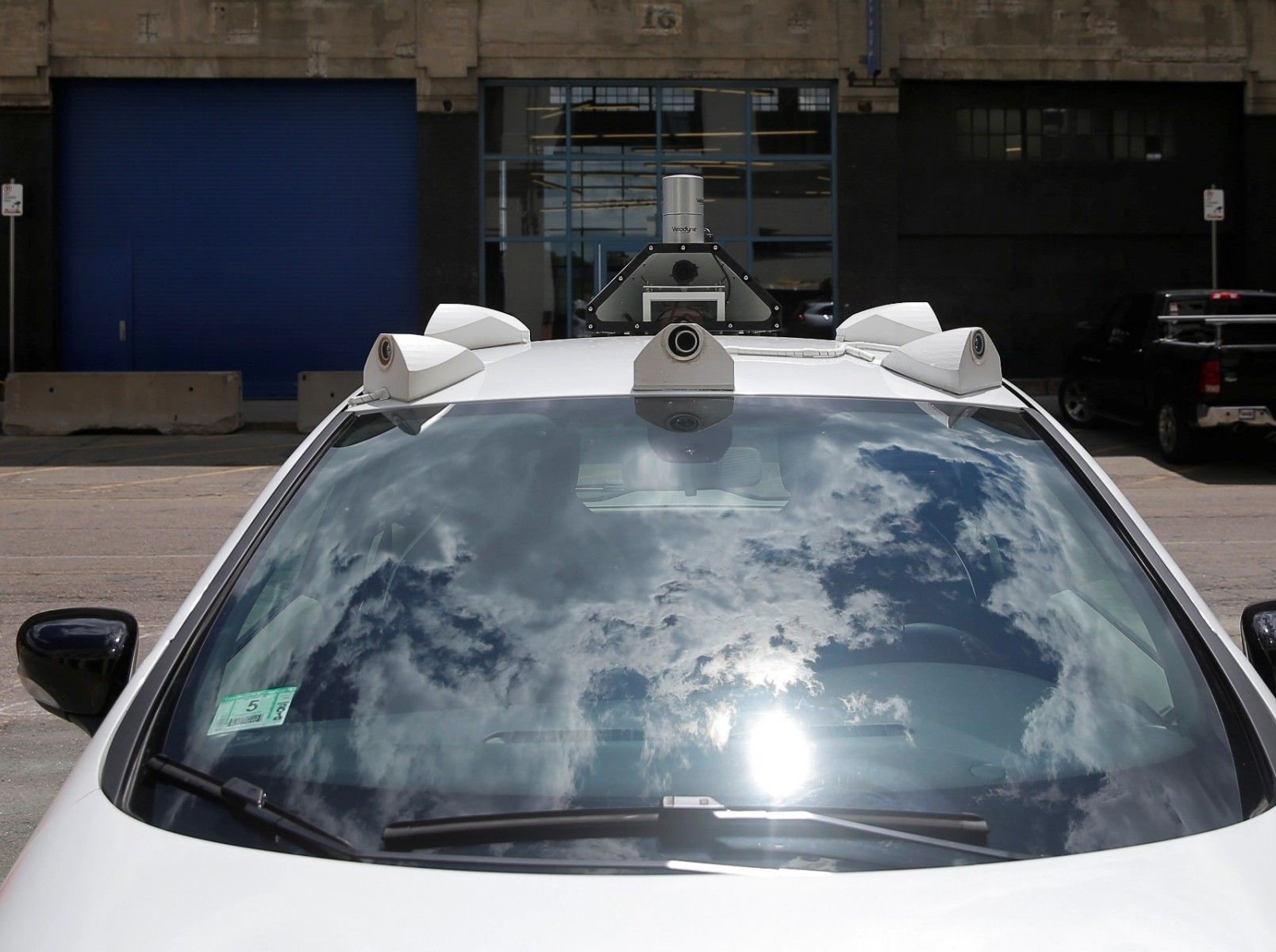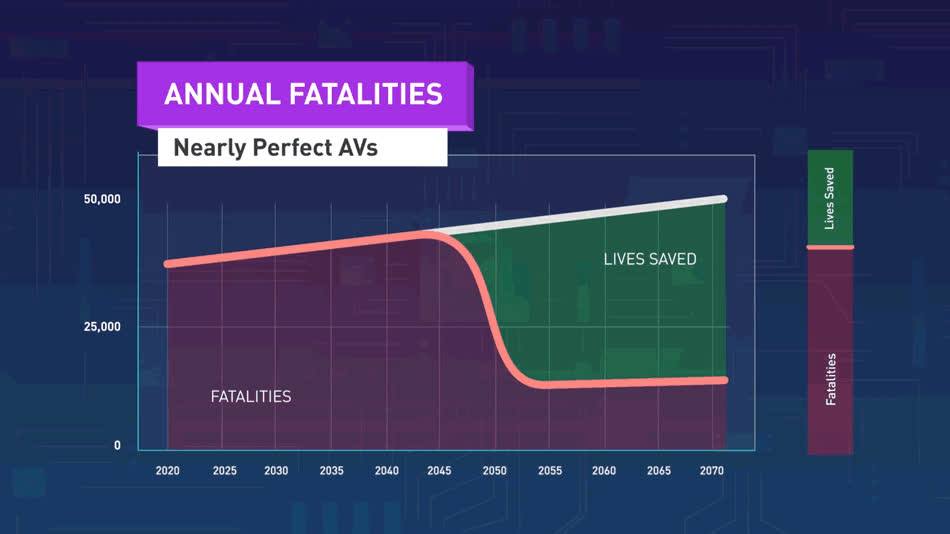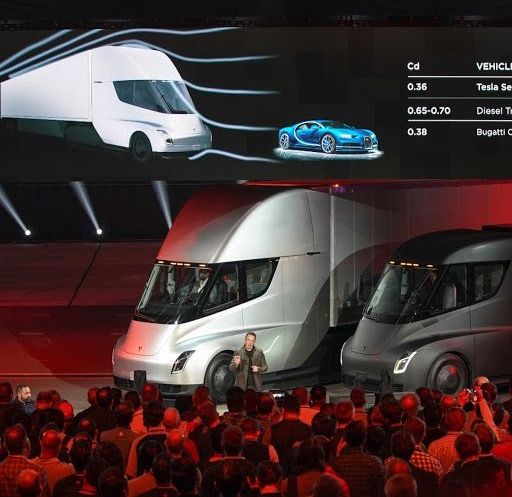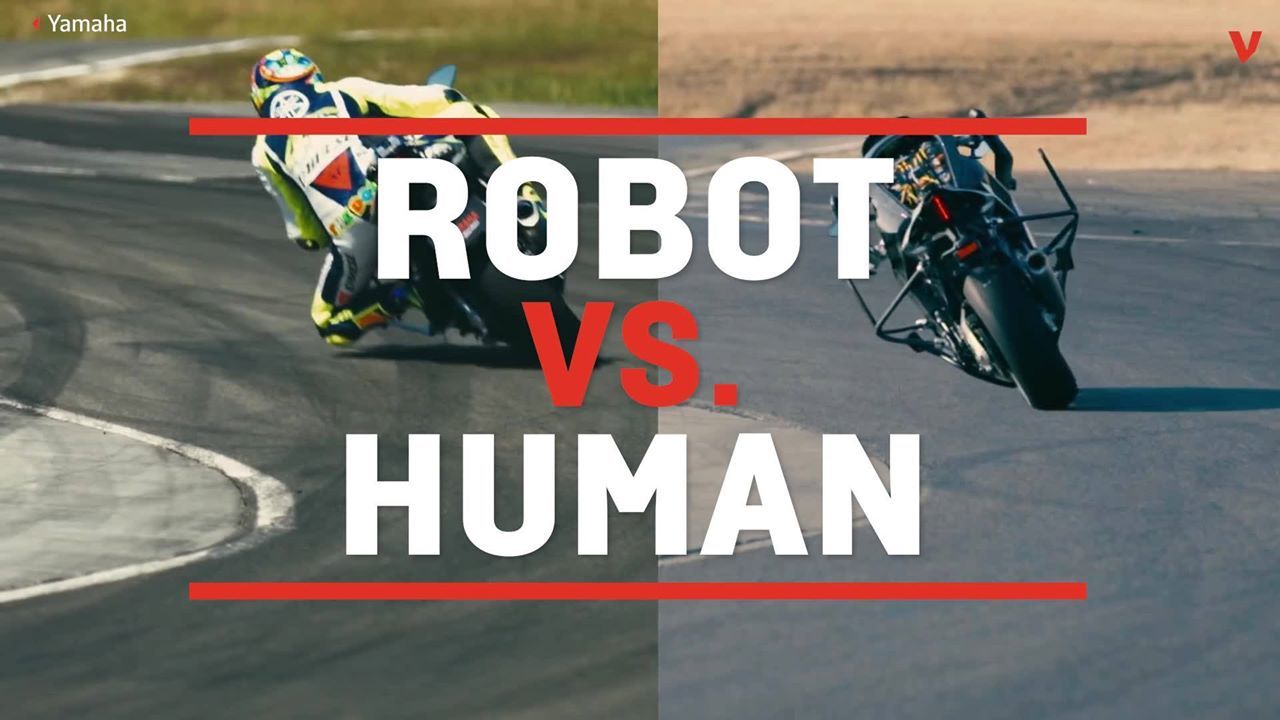Nov 23, 2017
Philip Hammond pledges driverless cars by 2021 and warns people to retrain
Posted by Dan Kummer in categories: government, robotics/AI, transportation
Government of England pledges to roll out Level 5 Self Driving cars by 2021. And, they estimate 1 million people being left unemployed. Gives an idea of what will happen with automation of the Transportation Industry in the US.
UK chancellor says driverless vehicles will revolutionise people’s lives but says for some it will be ‘very challenging’.
